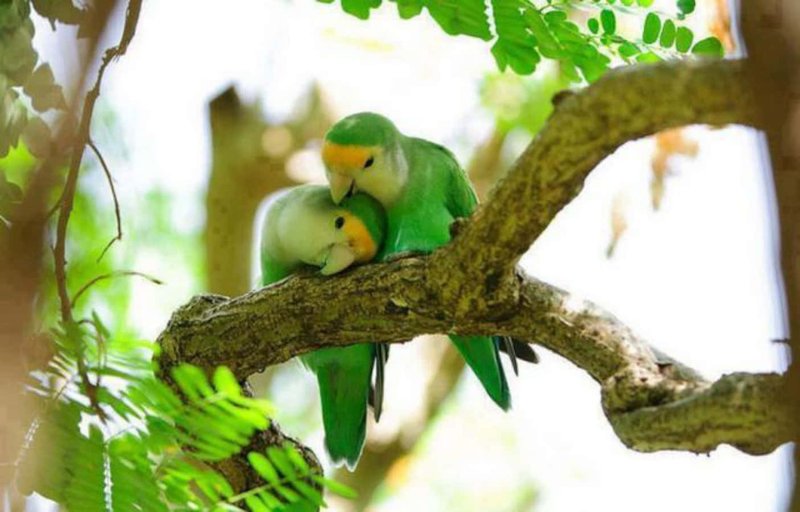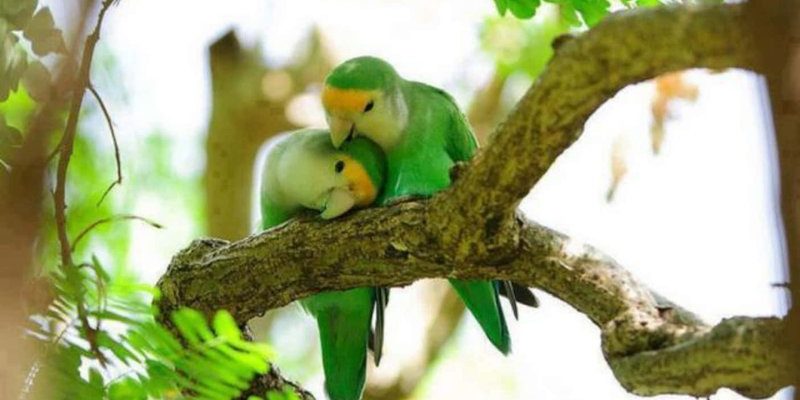
The key to smooth sailing on your journey with these charming parrots is to prioritize their safety and comfort. Whether you’re heading to grandma’s house for the weekend or flying across the country, having a plan in place can make all the difference. So, let’s dive into some practical tips and tricks to ensure your lovebirds have a pleasant traveling experience.
Choosing the Right Travel Carrier
When it comes to traveling with lovebirds, the first step is choosing the right travel carrier. Imagine it as their little home on the go. You’ll want something that’s spacious enough for them to move around but also safe and secure. A well-ventilated carrier is crucial, as lovebirds can get stressed in cramped spaces.
Here are some things to look for:
- Material: A sturdy, lightweight carrier made of plastic or fabric is ideal.
- Size: Ensure it’s big enough for them to stretch their wings but not so big that they can bounce around dangerously.
- Ventilation: Look for carriers with mesh sides or holes for airflow.
- Secure Locking Mechanism: Lovebirds are curious little creatures, so a secure door is a must to prevent escapes.
You might be wondering how to get them used to the carrier. A few days before your trip, leave the carrier out in your home. Place their favorite toys or treats inside to make it inviting. This way, they’ll associate the carrier with positive experiences.
Preparing for the Journey
As the big day approaches, preparation is key. Lovebirds thrive on routine, so try to stick to their normal feeding and play schedule as much as possible. Pack their favorite snacks, like small pieces of fruit or millet, to keep their spirits high during the journey.
Here’s a handy checklist:
- Food and Water: Bring a small container of water and their usual food.
- Comfort Items: Include their favorite toy or a blanket that smells like home.
- Travel Documents: If you’re flying, check the airline’s pet policy and ensure you have any necessary paperwork.
If you’re flying, remember that some airlines allow pets in the cabin, while others may require them to travel in cargo. Always check ahead, and don’t hesitate to call the airline with questions.
Securing Your Lovebirds During Travel
Once you hit the road or board the plane, securing your lovebirds is crucial for their safety and your peace of mind. If you’re traveling by car, keep the carrier seat-belted in place to prevent it from sliding around. If they are in a cabin, ensure the carrier is under the seat in front of you to keep them safe and close.
Here’s a tip: Talk to them! Your voice can provide comfort and reassurance during the journey. You might also want to keep their carrier covered with a light cloth to help them feel more secure, especially in a busy airport. Just remember, they still need some ventilation, so don’t cover it entirely.
Managing Stress and Anxiety
Traveling can be stressful for lovebirds. You might notice signs like excessive chirping, flapping, or even puffing up. Here’s the thing—keeping them calm is all about creating a soothing environment. If your lovebirds seem anxious, start by whispering to them gently and avoiding sudden movements.
Consider using calming sprays or natural remedies designed for birds. Just be sure to consult your vet before trying new products. And don’t forget to take breaks during road trips. A quick stop can help them stretch their wings safely in a secure area.
Monitoring Their Health During Travel
Being aware of your lovebirds’ health is vital while traveling. Pay attention to their eating habits and droppings. A sudden loss of appetite or change in stool can be a sign of stress or illness. If you notice any unusual behavior, don’t hesitate to consult a vet.
Carry a small first-aid kit with essentials like bandages, antiseptic, and any medications your lovebirds need. You might be surprised how a little preparation can save a lot of worry.
Arriving at Your Destination
Once you reach your destination, it’s important to help your lovebirds settle in. Choose a quiet room away from loud noises and other pets. Setting up a familiar space can help ease their transition. Place their carrier in a comfy spot and let them come out when they feel ready.
Here’s a cozy tip: Set up their favorite perches and toys in the new space. It can promote exploration and comfort. Just give them a little time to adjust; patience goes a long way!
Traveling Back Home
The journey home will likely be similar to the outbound trip. Stick to the routine you established, and don’t forget to check that they’re feeling good before heading back. If they seemed anxious during the previous travels, you might want to ask your vet about calming products specifically for the return trip.
By ensuring your lovebirds have a safe and comfortable journey, you can keep their spirits high as you travel together.
In the end, traveling with lovebirds is all about preparation and care. By following these tips, you can make your trips enjoyable for both you and your feathered friends. So gather your supplies, plan your route, and get ready to make some beautiful memories together!

